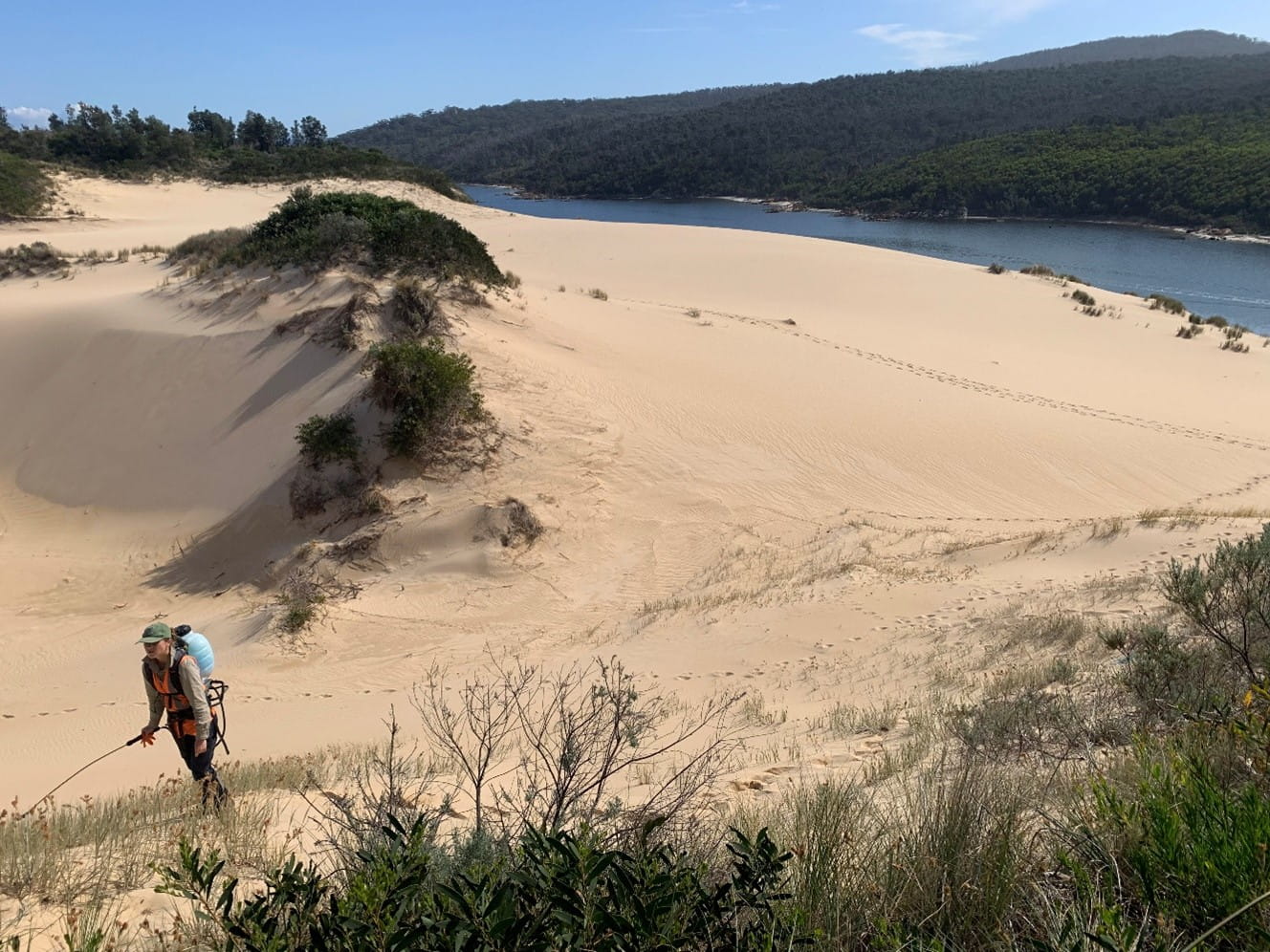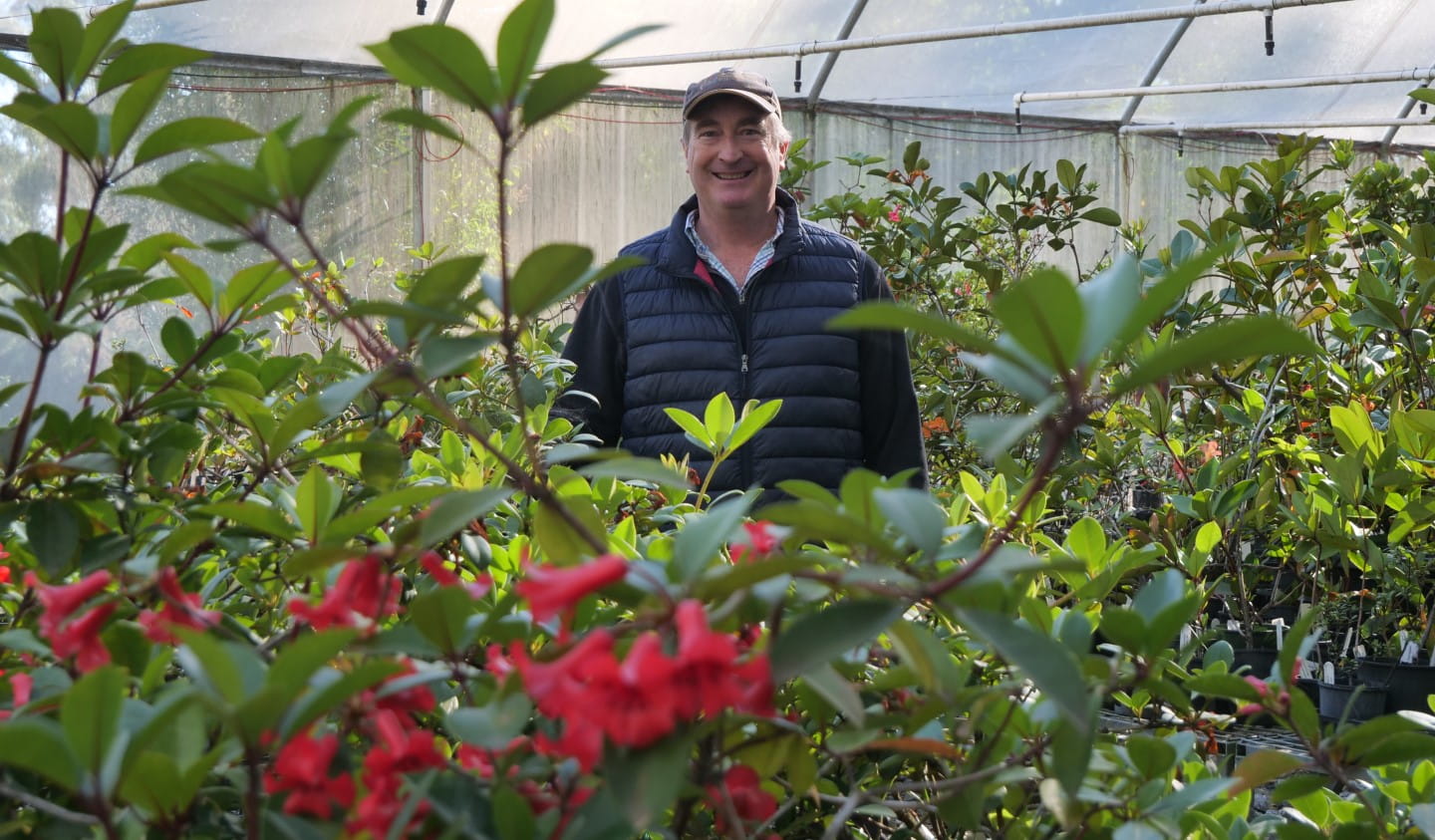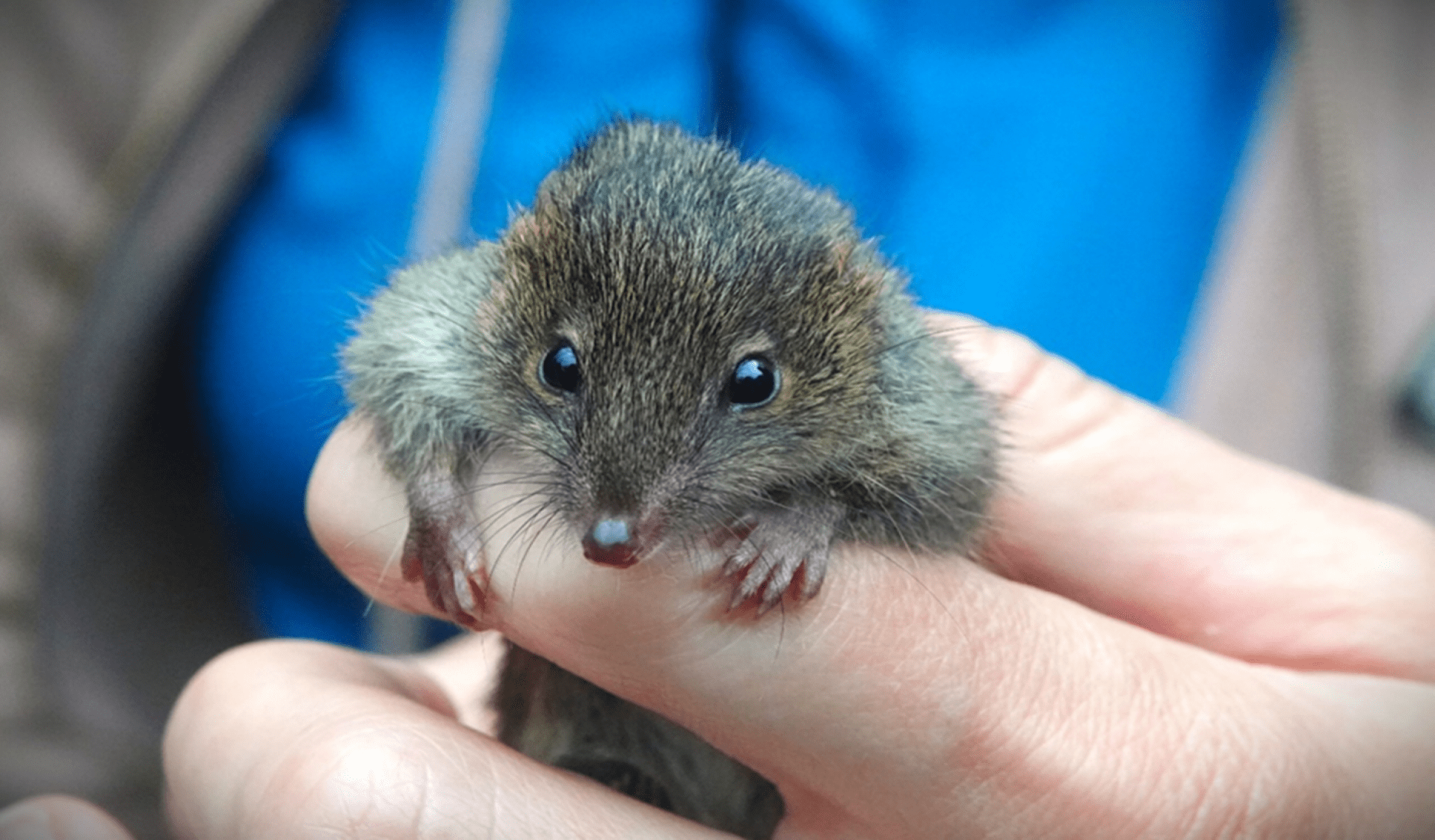Protecting shorebirds on important islands
Tuesday 8 June, 2021
Parks Victoria has been undertaking critical works off Victoria’s far east coast to protect important breeding grounds for shorebirds.
Perched in the Bass Strait, a few hundred metres off the coastline, are two small islands of international significance. Gabo and Tullaberga Islands form part of Croajingolong National Park, a magnificent area of pristine wilderness that surrounds the town of Mallacoota.
Recognised by BirdLife International as Important Bird and Biodiversity Areas (IBAs), Gabo and Tullaberga Islands provide a safe place for shorebirds such as Little Penguins and White-faced Petrels to breed and rest.
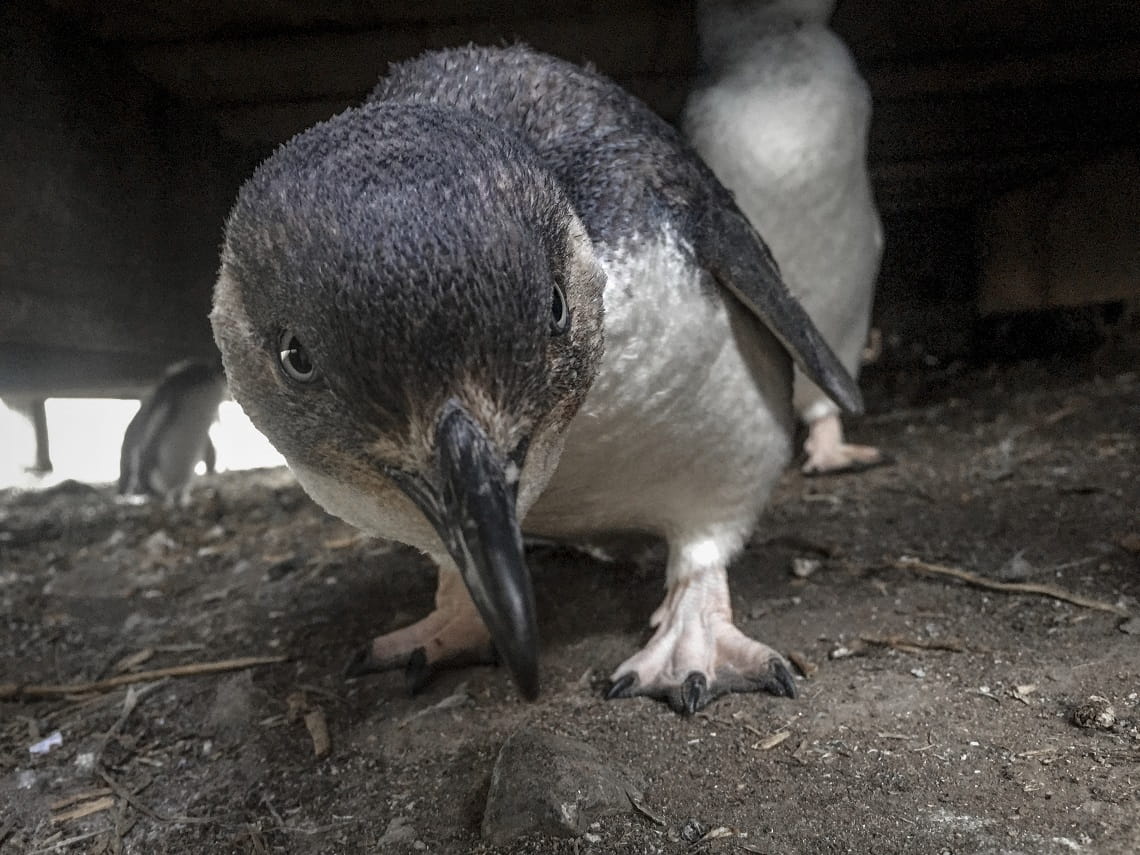
Gabo and Tullaberga Islands provide important habitat for one of the world’s largest Little Penguin colonies
As they are surrounded by the ocean, islands are naturally protected from introduced species like weeds and feral animals.
Unfortunately, introduced species still find ways to inhabit many of Australia’s islands and cause problems for native species and the natural environment.
On Gabo and Tullaberga Islands, rats prey on eggs, chicks and disturb nesting sites. Invasive weeds crowd out native plant species, harming the delicate environment balance and reducing suitable habitat for breeding shorebirds.
Recognising that there are a variety of threats to the health of these islands, a variety of conservation programs are being implemented.
Parks Victoria recently engaged a team of specialised remote area contractors to tackle weed infestations and improve the health of important bird habitat on the islands.
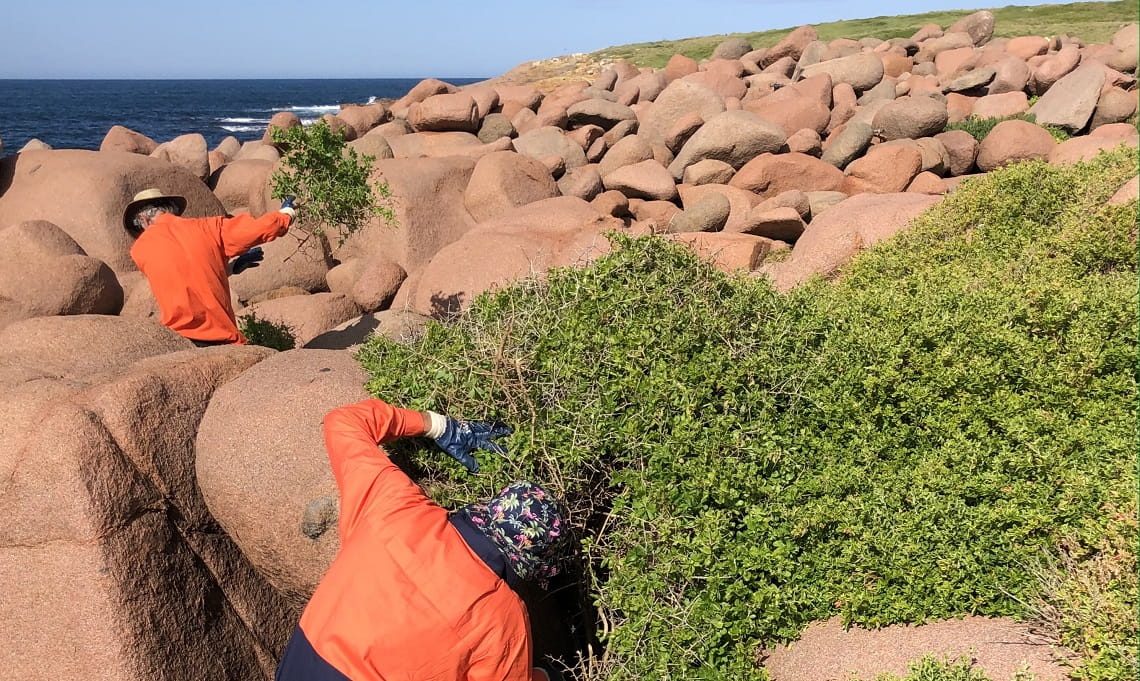
Specialised remote area contractors removing Boxthorn at Gabo Island, Credit: Josh Shorrock
Though feral cats were eradicated from Gabo Island 21 years ago, the rodent population remains problematic. The Department of Environment, Land, Water and Planning and Parks Victoria recognise the need to eradicate rodents from Gabo Island and are working towards this important goal.
These conservation projects are funded by the Victorian Government’s Biodiversity Response Planning program, to reduce threats and improve the health of the natural environment.
Parks Victoria uses an integrated management approach to take care of parks – where a variety of programs are delivered to target a variety of threats. This approach gives the natural environment a much greater chance of remaining healthy than single programs delivered in isolation.
To learn more about Parks Victoria’s conservation programs, visit www.parks.vic.gov.au/get-into-nature/conservation-and-science.
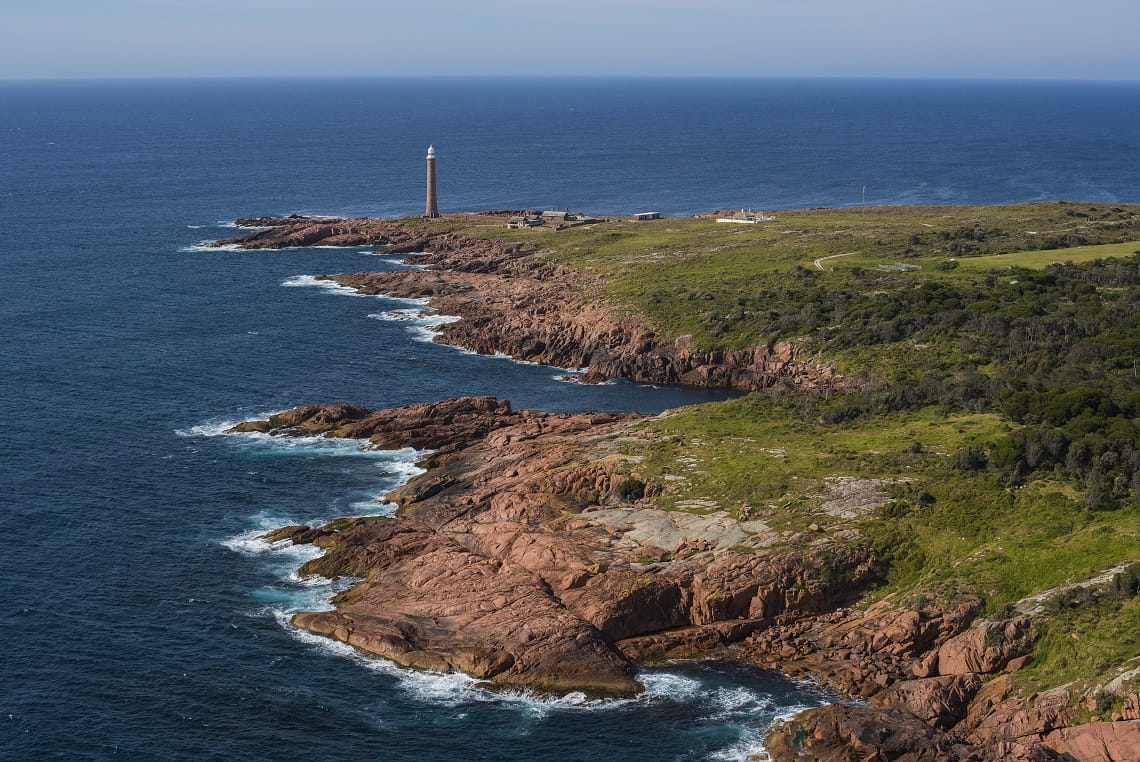
Gabo Island, Credit: David Paul/ Museum Victoria


